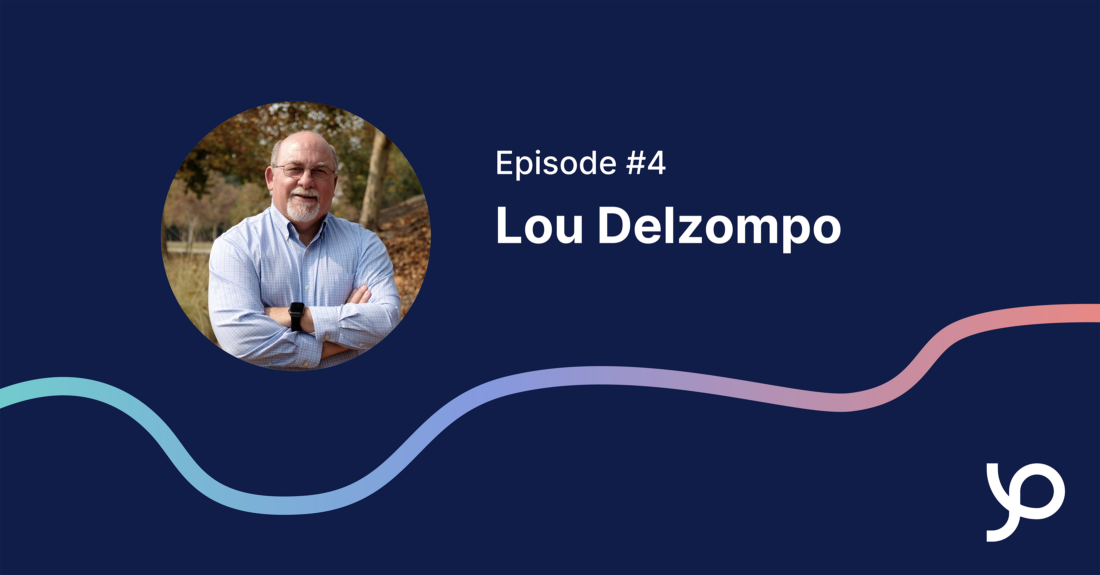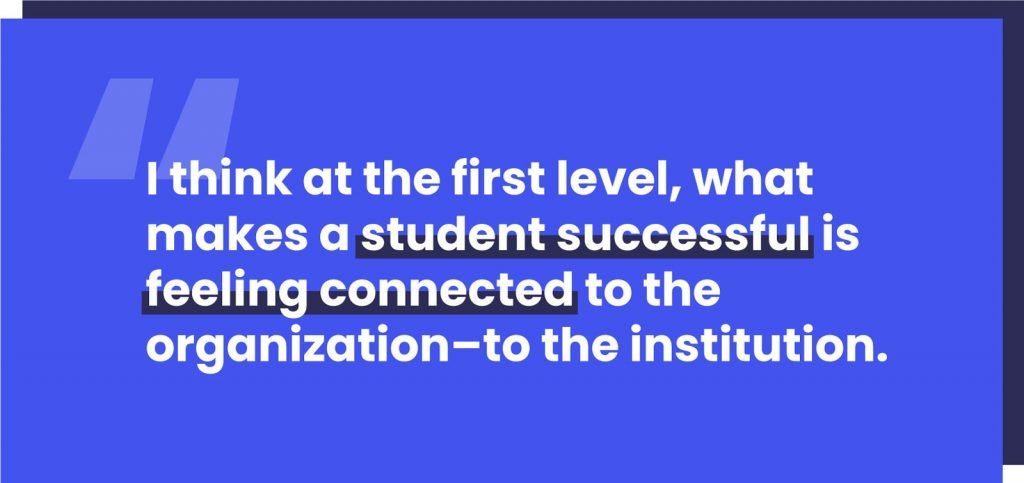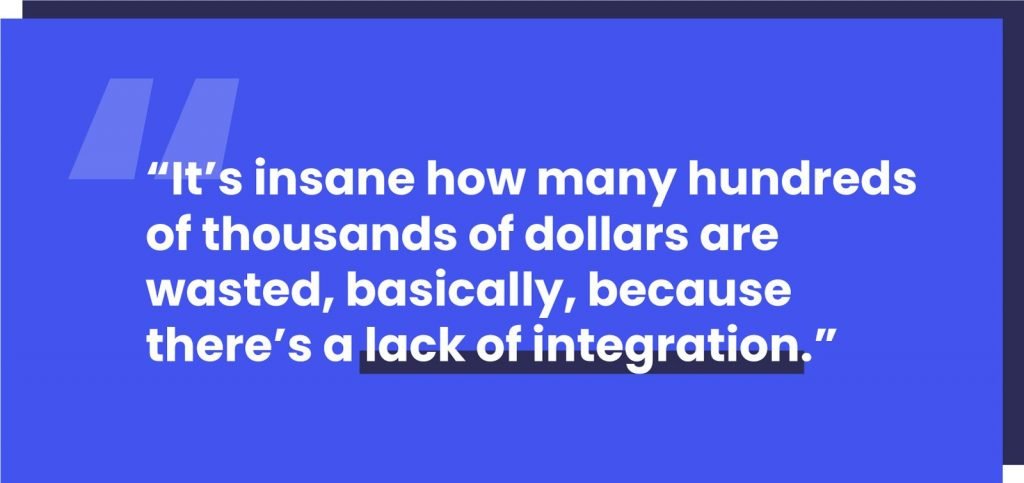Episode #4: Lou Delzompo on Implementing Technology Solutions (Rebroadcast)
Welcome to this episode of Connected Campus!
In this rebroadcast episode of the podcast, Pathify’s former Chief Academic Officer, Dr. Jeff Borden, talks with Lou Delzompo, former CTO of the California Community Colleges Technology Center. Lou talks about his storied career as well as how he sees technology connecting across campus to serve students, faculty, and staff.
This episode has been edited for brevity and was originally recorded in October 2020.

Listen to the episode below, or subscribe and listen via Apple Podcasts, Stitcher or Spotify.
Music from YouTube Audio Library. If you enjoyed this episode, please leave a five-star review and share it so others can discover our show.
A Human-First View of Higher Ed Technology During COVID
Technology Should Enable Stronger Student Connections
Lou Delzompo leads his information technology team from the perspective of a business partner to the rest of the organization. He knows that how well a solution solves a set of problems is more important than whether it’s developed in-house or purchased as-is. He also believes that student experience is just as important (if not more so) as appeasing the faculty.
Lou’s human-first approach to technology has given him some interesting insights on the importance of connections, the impact of COVID-19, and an unexpected opportunity for HigherEd to embrace digital innovation.
To help students be successful, Lou recommends that IT look at multiple mechanisms for creating connections.
Create new methods to connect students to the organization and faculty
“I think at the first level, what makes a student successful is feeling connected to the organization — to the institution. That connection can take many forms, but as you and I both know, it can be very intimidating for any individual to start college,” explained Lou. “You go from this protected environment in high school where pretty much everything is done for you. You show up and study, of course — not saying you don’t — but everything is spoon fed to you. But in college, it’s the other way around.”
Lou doesn’t believe making things harder for a student is a good way to prepare them “for the real world.” Connectivity and integration should be used to make their lives easier.
They’re struggling enough without intentionally introduced complexity.

Integrate the applications most likely to improve the student workflow
Lou believes that IT should consider “how do these systems like Canvas and the library system interact with one another so that in your course shell you can get all the resources you need to do class assignments and other kinds of things.”
It’s important to do your research before implementing a change. Lou has witnessed a disparity between which systems an institution believes are important to a student and which programs a student actually uses.
Remind people about what the student cares about most.
Look at connecting systems as a great investment
“There are thousands of reports that higher ed institutions need to produce on a regular basis,” Lou pointed out. “They have to say, This student took this course, therefore I should get whatever dollars per student per class that you give me for that student. Yes, they were a California resident. Here’s the proof that they were a California resident. And that integration, in our case — if you look at just the reports that a college has to send to the chancellor’s office on a regular basis and how much work it is to compile all the data to send to the chancellor’s office — it’s a two FTE job to do that.
“Two full-time equivalents just to move data.
“It’s insane how many hundreds of thousands of dollars are wasted, basically, because there’s a lack of integration.”
Lou points out that the money saved in automating repetitive tasks should be invested in a student’s education or improving their HigherEd experience in some other way.

COVID-19 Didn’t Impact Every Institution Equally
Lou observed that institutions that already had an established online learning program had a much easier time adapting to governors’ restrictions after COVID-19.
“Well, in a state as large and diverse as California, you can imagine that there are some institutions that are, prior to COVID, more remote instruction friendly or online instruction friendly than others. Little colleges up in the most northern part of California have a total enrollment of 3,900, so they’re basically like a really big high school. But they serve, as a college, the largest geographic area of any college in our state.
“And so, you can infer from that, and you’d be right, that they have to do remote instruction or online learning. Otherwise, they can’t do their job because there aren’t that many people that live close to where the college is.
“Another example is Coast Community College down in Orange County. They are the number one provider of online instruction to the military — the Navy.”
Schools that already had online learning infrastructure in place were in a better position. They had people who were well versed in the technology needed to make an online program work — people who could instruct others on how to adapt their teaching methods. They were prepared to scale up.
But for the vast majority of schools, moving online was not only a shock to the students but for everyone at the institution. Using Zoom as the communication mechanism was a big step for a lot of instructors.
COVID-19 Reinforced the Importance of Investing in Digital Innovation
For far too long, counselors and registrars have fielded a laundry list of support questions in person. Without that resource readily available to students, COVID-19 has created a painful support gap that is forcing institutions to look at digital options. There are chatbots that can automatically serve answers to frequently asked questions and connect people with the appropriate representative should they have non-standard questions.
Lou and his team developed a “My Pathify” workflow for students to proactively connect them to critical resources. For example, students are now proactively notified they are eligible for financial aid and sent the proper forms.
While Lou would like to point out how terrible COVID has been for all of us, he acknowledges that it has created an unexpected opportunity for IT.
“Leaders are starting to rise to the challenge, and they’re looking at it and saying, we really need to invest in some of these things. My peers across the system have told me that things that they’ve tried to implement for four, five, ten years, even, all of a sudden they’re just getting approval to do it because of COVID. […] From an IT perspective, it’s created a very real business case for digital innovation, and I think the solutions like Pathify are going to be more of the norm than the exception.”

With Lou’s view that students are actually customers, he sees a lot of opportunities for improving the onboarding and other support functions. After a support structure is in place, a rich pool of data is created that can be mined around student engagement.
“Sentiment analysis based on website clicks and these kinds of things, who does that in higher ed? It doesn’t happen, but it could. And you could start to see systems like Pathify and other things start to tell people, This person hasn’t signed into Pathify for three days now. Or They haven’t signed into Canvas for three days now. They haven’t asked a question in any of their course shells. All those kinds of things are early warnings of someone who’s potentially going to fail. Something’s going on in their life. They’re not paying attention to the course.”
Today may be tough to navigate, but the future is looking bright.
Thanks for listening!
Want to be notified when new episodes are released? Sign up below!